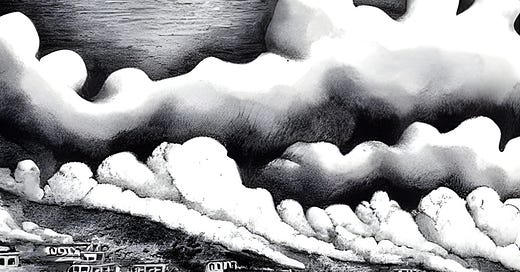I’ve visited the city dump in Tecate, Mexico twice in my life.
I felt like I was standing on hell’s doorstep passing out oranges and water bottles.
I’ve visited the city dump in Tecate, Mexico twice in my life.
The first time, I underestimated what my friends meant when they told me there was a city of people living in the dump in houses made of car hoods and whatever wood they could find.
On the hill overlooking the entrance, we stopped: there was a valley, dead and brown with a black scar running through it with smoke pouring out of it. The people of the dump city burn anything and everything to get to the precious copper underneath which they sell to survive — or more likely feed the addiction to stuff from needles and heated spoons that brought them there in the first place. I felt like I was standing on hell’s doorstep passing out oranges and water bottles.
The second time I came, we didn’t have oranges; we came to meet with the pastor of a church in the dump city. We prayed with him and then he showed us around. I think to him it’s not a dump city. It’s a neighborhood. He introduced us to a man who’d been clean for 9 years and was now raising pigs. Three little girls were giggling and putting my friend Peyton’s hair into pig tails.
And the pastor told us about some bible studies happening in the houses made of car hoods and whatever wood they could find. On one of those houses Isaiah 58:11 was spray painted in glowing silver. And in a small wood home covered by a tarp, we stumbled into a group of men hovering over Romans 1 and waiting for our pastor friend to join them.
As we left the dump city, from the hill overlooking the valley, there was still a black, smoking scar. But in Tecate when it rains, the hills respond for a few days and weeks by turning green. And the mountains and hills were so very green.





